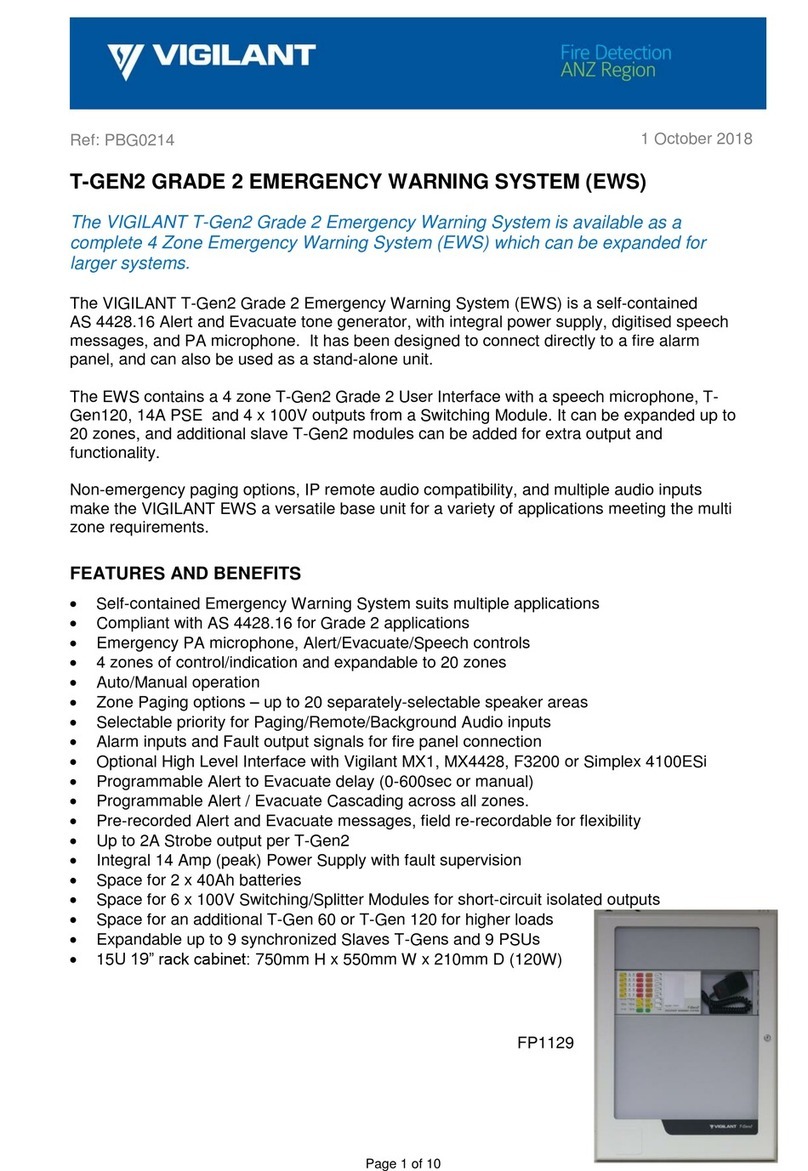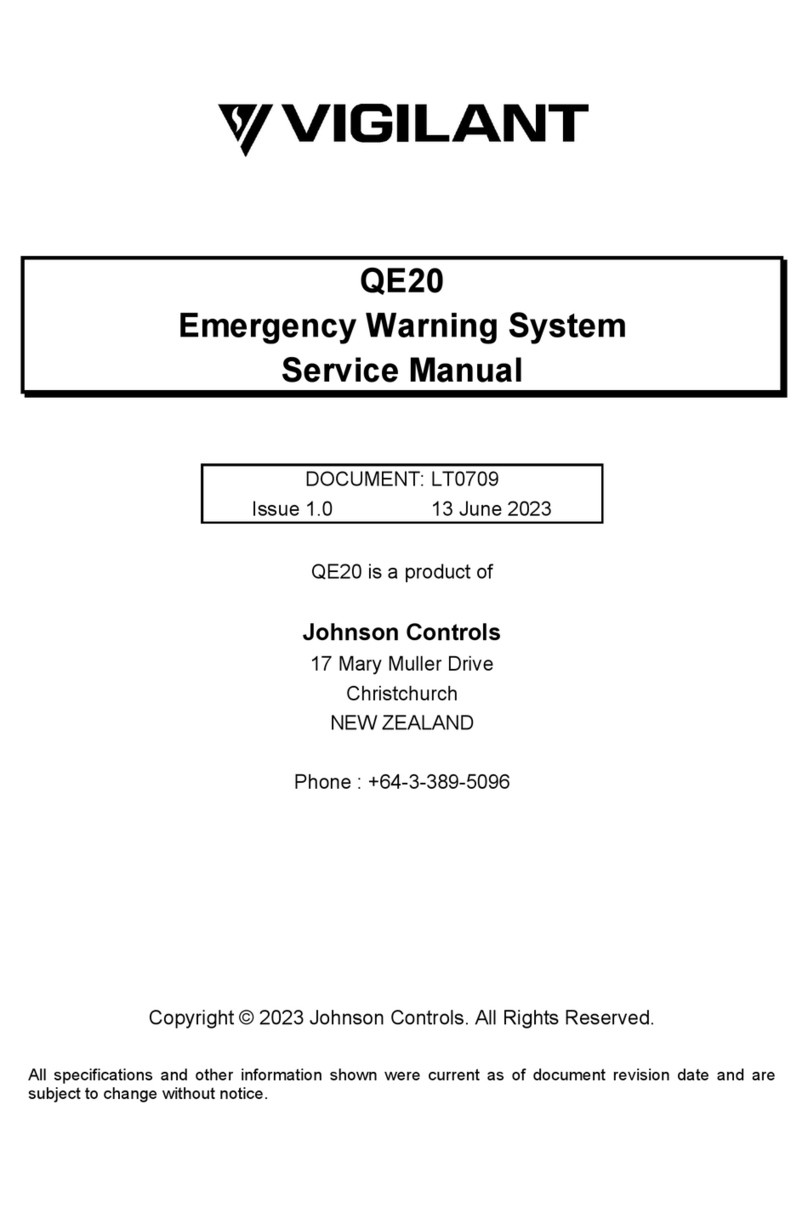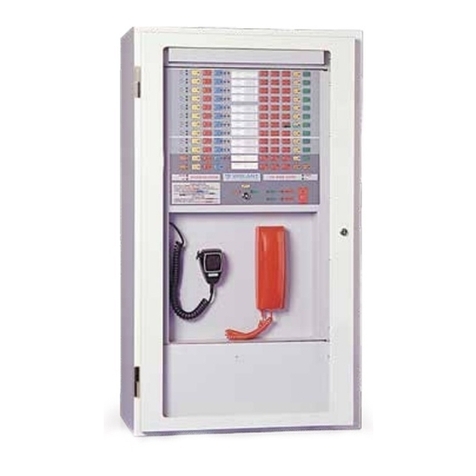
Document: LT0344 Vigilant MX1 Operator Manual
Issue 2.4 8 August 2017 Page vii
Table of Contents
Chapter 1 Introduction........................................................................1-1
How to Use this Manual _________________________________ 1-2
System Operation ______________________________________ 1-3
Basic System Function __________________________________ 1-4
Operator Interface ______________________________________ 1-5
Normal Appearance of Operator Interface ___________________ 1-6
Description of Operator Interface __________________________ 1-6
Operator Commands____________________________________ 1-10
Operator Access Levels _________________________________ 1-11
Smoke Control/AS 1668 Fan Panel ________________________ 1-12
Terminology Used in this Manual __________________________ 1-12
Nuisance Alarms _______________________________________ 1-18
Chapter 2 Managing Alarm Conditions.............................................2-1
Viewing Alarms ________________________________________ 2-2
Resetting Zones in Alarm ________________________________ 2-4
Disabling Zones in Alarm ________________________________ 2-5
Alarms From Other Sources ______________________________ 2-5
Chapter 3 Managing Faults and Disables .........................................3-1
Viewing Faults_________________________________________ 3-2
Viewing Disables_______________________________________ 3-4
Disable Menu Options___________________________________ 3-6
Chapter 4 Viewing the Event History.................................................4-1
General Message Format ________________________________ 4-1
Viewing Event History ___________________________________ 4-2
Zone Events __________________________________________ 4-3
Point Events __________________________________________ 4-5
System Events ________________________________________ 4-6
Chapter 5 Recalling Zone and Point Status......................................5-1
Recall Menu Options____________________________________ 5-2
Recalling Off-Normal Points and Zones _____________________ 5-3
Using the Zone Button to Recall Points and Zones ____________ 5-8
Chapter 6 Zone and Point Functions.................................................6-1
Displaying Zone or Point Command Menu ___________________ 6-2
Resetting Zones or Points________________________________ 6-2
Disabling and Enabling Points or Zones _____________________ 6-6
Testing Zones _________________________________________ 6-12
Testing Points _________________________________________ 6-16
Viewing Point Values and Settings _________________________ 6-18



































